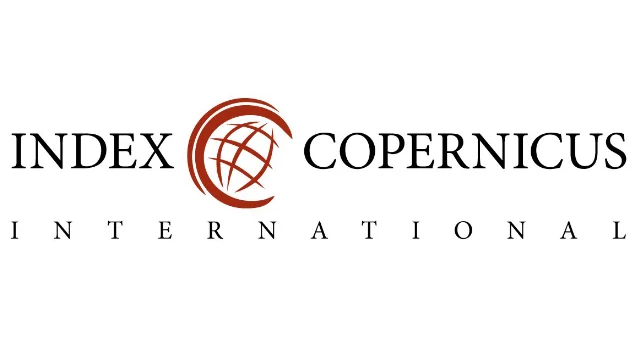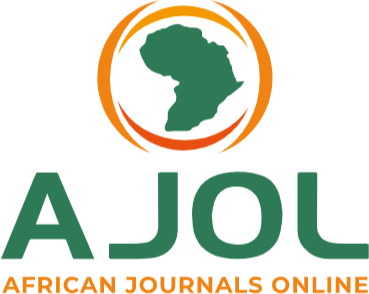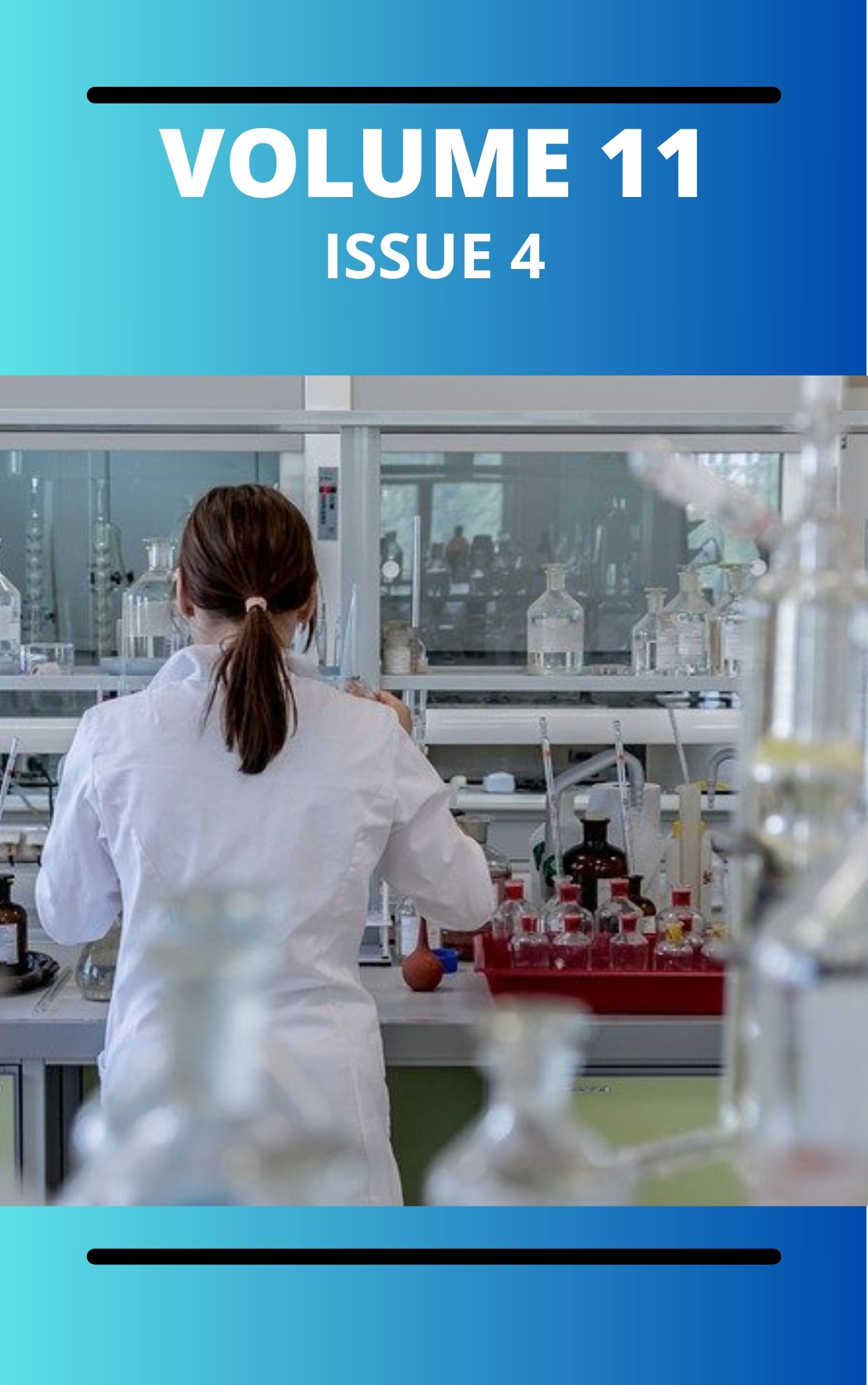Enhancing Data Provenance, Integrity, Security, and Trustworthiness in Distributed and Federated Multi-Cloud Computing Environments
Keywords:
Data Provenance, Cloud Security, Blockchain-based Integrity, Privacy-Preserving Computation and Regulatory Compliance in Cloud ComputingAbstract
Due to the increasing trend in distributed cloud environments, strong data provenance and integrity practices are even more important than before to ensure answers to security and traceability requirements as well as compliance. The new challenges, developments, and best practices in monitoring and security of data for cloud systems are discussed in this paper. Key challenges include scalability limitations, privacy vs. transparency trade-offs, and regulatory compliance issues. To address these concerns, blockchain-based provenance tracking, AI-driven anomaly detection, cryptographic hashing, and privacy-preserving techniques such as homomorphic encryption and secure multiparty computation (SMPC) have emerged as innovative solutions. The study also examines real-world implementations in healthcare, finance, and supply chain management, demonstrating how organizations leverage provenance tracking to enhance trust, security, and operational efficiency. Additionally, the paper discusses standardization efforts such as W3C PROV and ISO 27037, which aim to improve interoperability and legal compliance. Moving forward, advancements in federated learning, decentralized identity management, and quantum-resistant cryptography will play a crucial role in enhancing provenance tracking and ensuring secure cloud ecosystems. By integrating AI-driven monitoring, blockchain scalability solutions, and adaptive compliance frameworks, organizations can build resilient, transparent, and tamper-proof data management systems in an increasingly digital world.
Downloads
Published
Issue
Section
Similar Articles
- Faith Osaretin Osabuohien, Green Analytical Methods for Monitoring APIs and Metabolites in Nigerian Wastewater: A Pilot Environmental Risk Study , Communication In Physical Sciences: Vol. 4 No. 2 (2019): VOLUME 4 ISSUE 2
- Habu Tela Abba, Muhammad Sani Isa, Spatial Distribution of Naturally Occurring Radioactive Materials in Soil and the Consequent Population Effective Dose , Communication In Physical Sciences: Vol. 4 No. 2 (2019): VOLUME 4 ISSUE 2
- Abdulfatai A. Otori, Akeem A. Jimoh, John T. Mathew, Development of Heterogeneous Catalyst from Waste Cow Bone Using Parinarium Macrophylum Seed Oil for Biodiesel Production , Communication In Physical Sciences: Vol. 7 No. 3 (2021): VOLUME 7 ISSUE 3
- Usoro M. Etesin, Hydrochemical study of shallow ground water in Ikot Abasi Coastal Aquifer , Communication In Physical Sciences: Vol. 7 No. 3 (2021): VOLUME 7 ISSUE 3
- Ifeanyi E. Otuokere, J. C. Anyanwu, K. K. Igwe, Ni(II) Complex of a Novel Schiff Base Derived from Benzaldehyde and Sulphathiazole: Synthesis, Characterization and Antibacterial Studies , Communication In Physical Sciences: Vol. 5 No. 2 (2020): VOLUME 5 ISSUE 2
- Ubong Ime Essien, Anduang Odiongenyi, Clement Obadimu, Iniobong Enengedi, Investigation of Snail shells as an Adsorbent and Precursor for the synthesis of Calcium Oxide Nanoparticles for the Removal of Amoxicillin from Aqueous Solution , Communication In Physical Sciences: Vol. 9 No. 4 (2023): VOLUME 9 ISSUE 4
- Fidelis .I. Ugwuowo, Mixed Variable Logistic Regression Model for Assessing Diagnostic Markers in Prostate Cancer , Communication In Physical Sciences: Vol. 1 No. 1 (2010): VOLUME 1 ISSUE 1
- Hamza Abubakar Hamza, Abubakar Danjuma Bajoga, Yusuf Mohammed Auwal, Hankouraou Seydou, Determination of Some Physicochemical Properties, Heavy Metals and Micronutrients of Some Energy Drinks Available in Nigeria , Communication In Physical Sciences: Vol. 12 No. 3 (2025): VOLUME 12 ISSUE 3
- S. A. Odoemelam, Inhibition of Corrosion of Mild Steel in Hydrochloric Acid Solution by two Schiff Bases Derived from Benheric and Linoleic Acids , Communication In Physical Sciences: Vol. 4 No. 2 (2019): VOLUME 4 ISSUE 2
- Enefiok Archibong Etuk, Omankwu, Obinnaya Chinecherem Beloved, Human-AI Collaboration: Enhancing Decision-Making in Critical Sectors , Communication In Physical Sciences: Vol. 12 No. 2 (2025): VOLUME 12 ISSUE 2
You may also start an advanced similarity search for this article.




